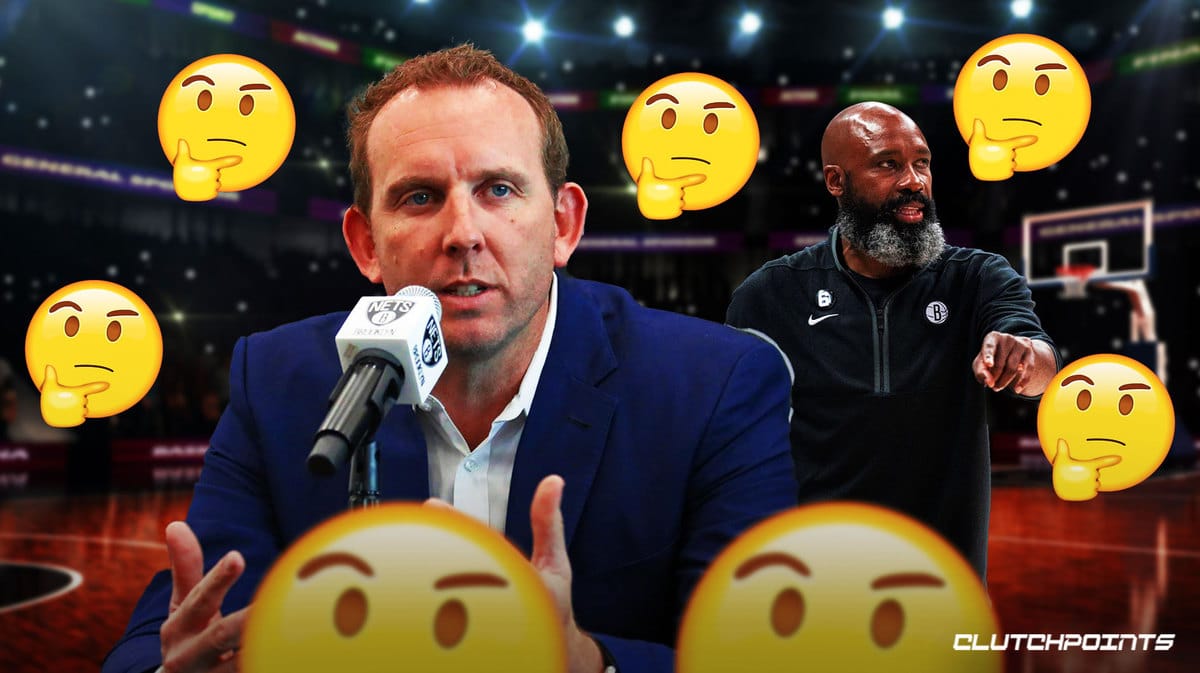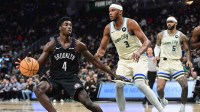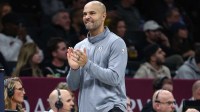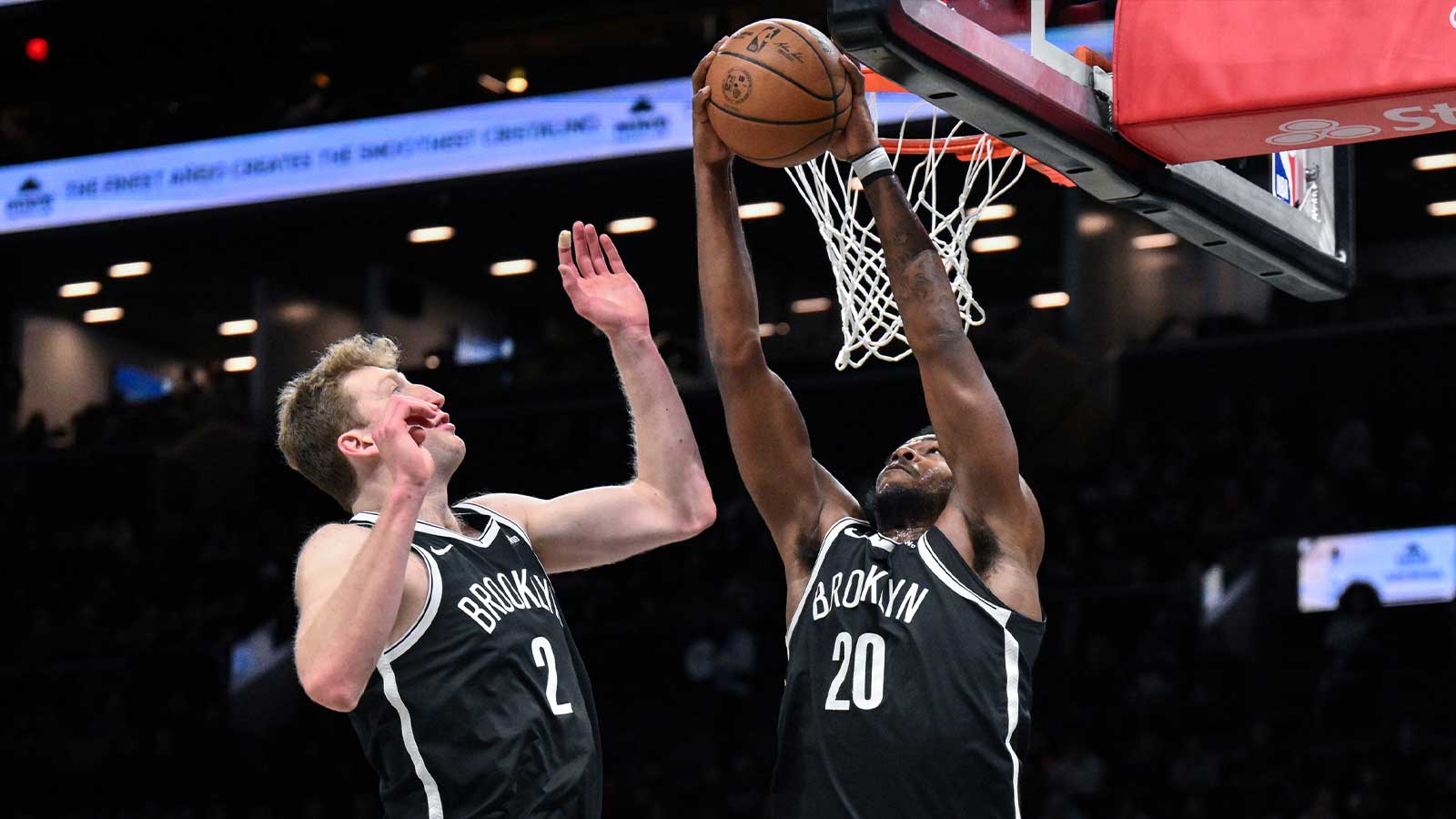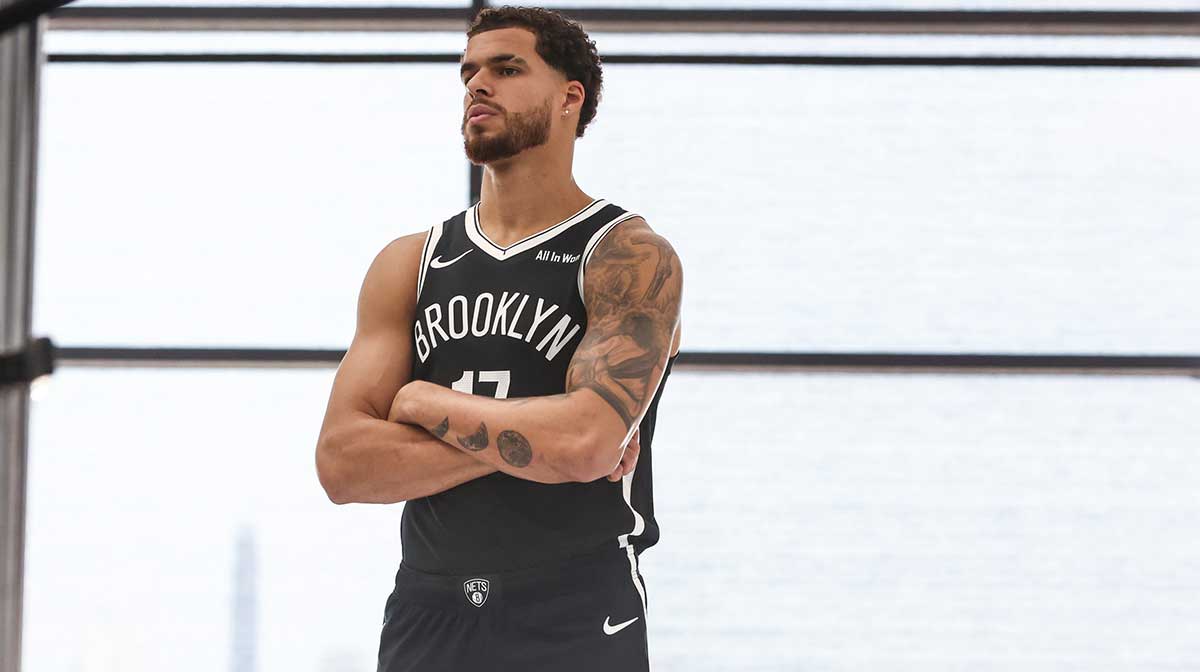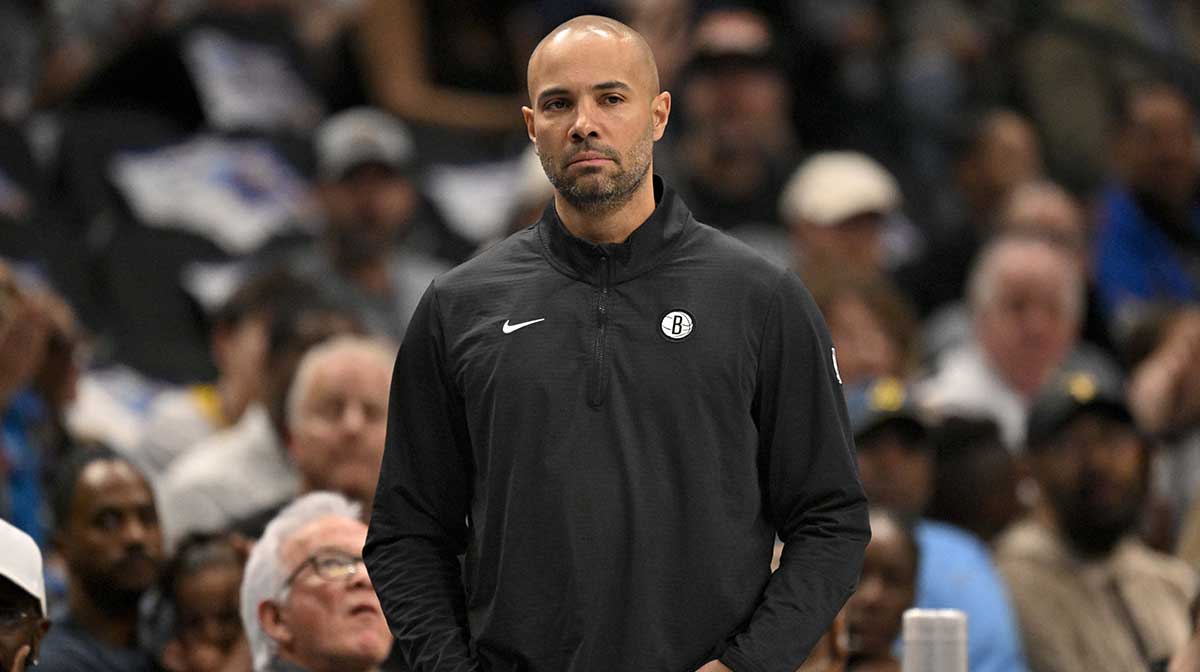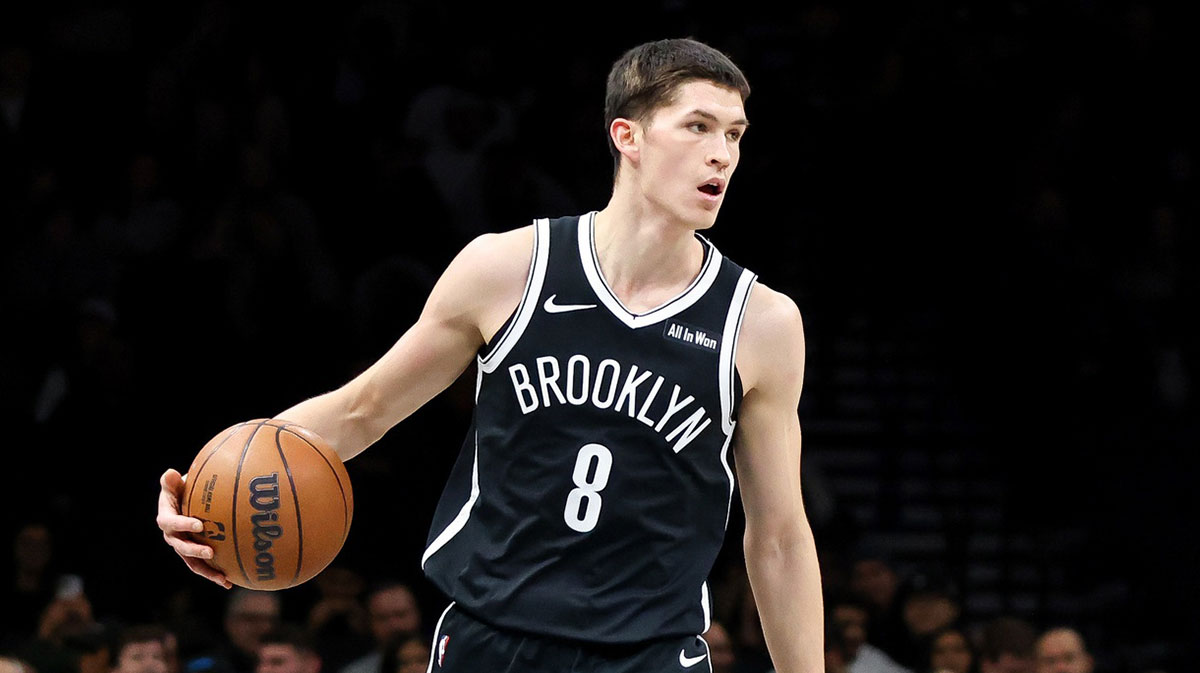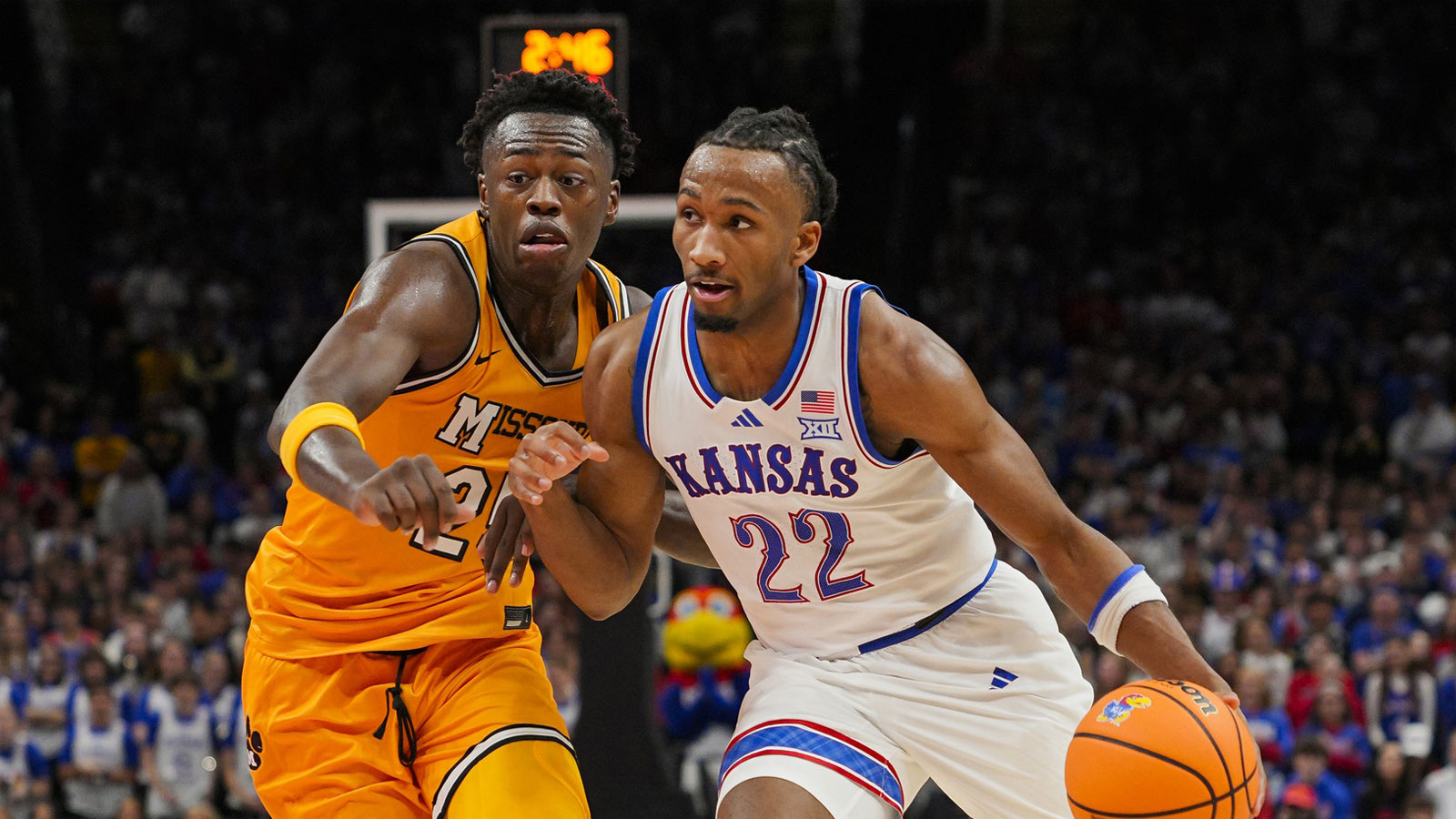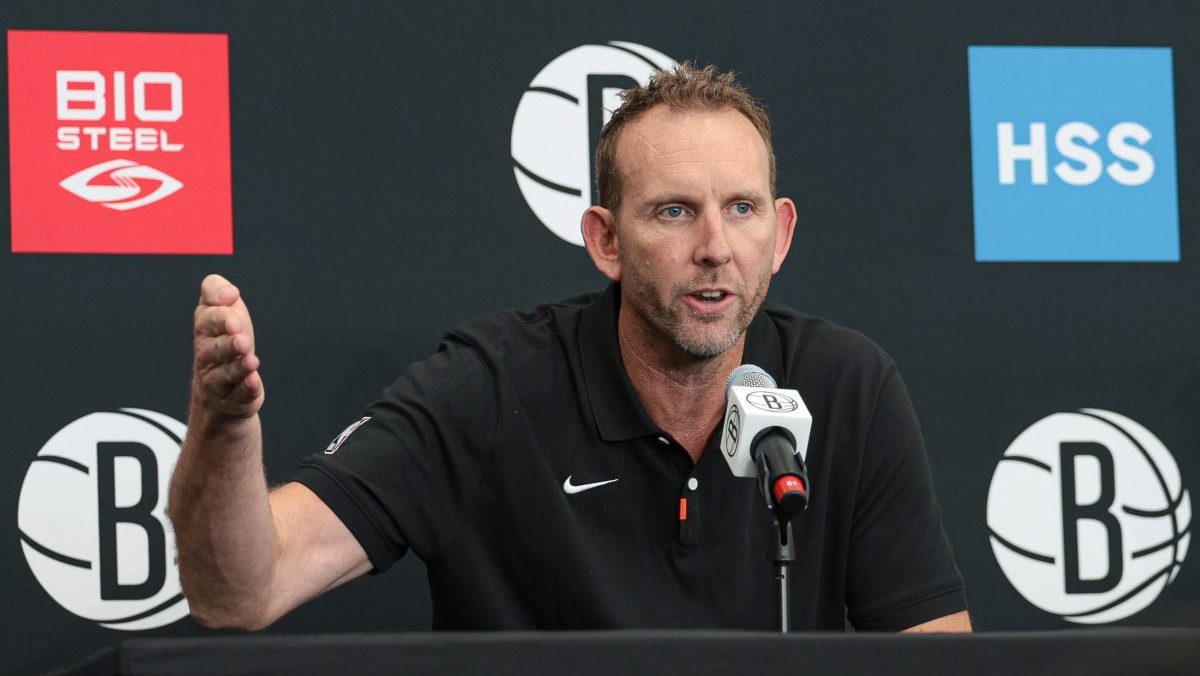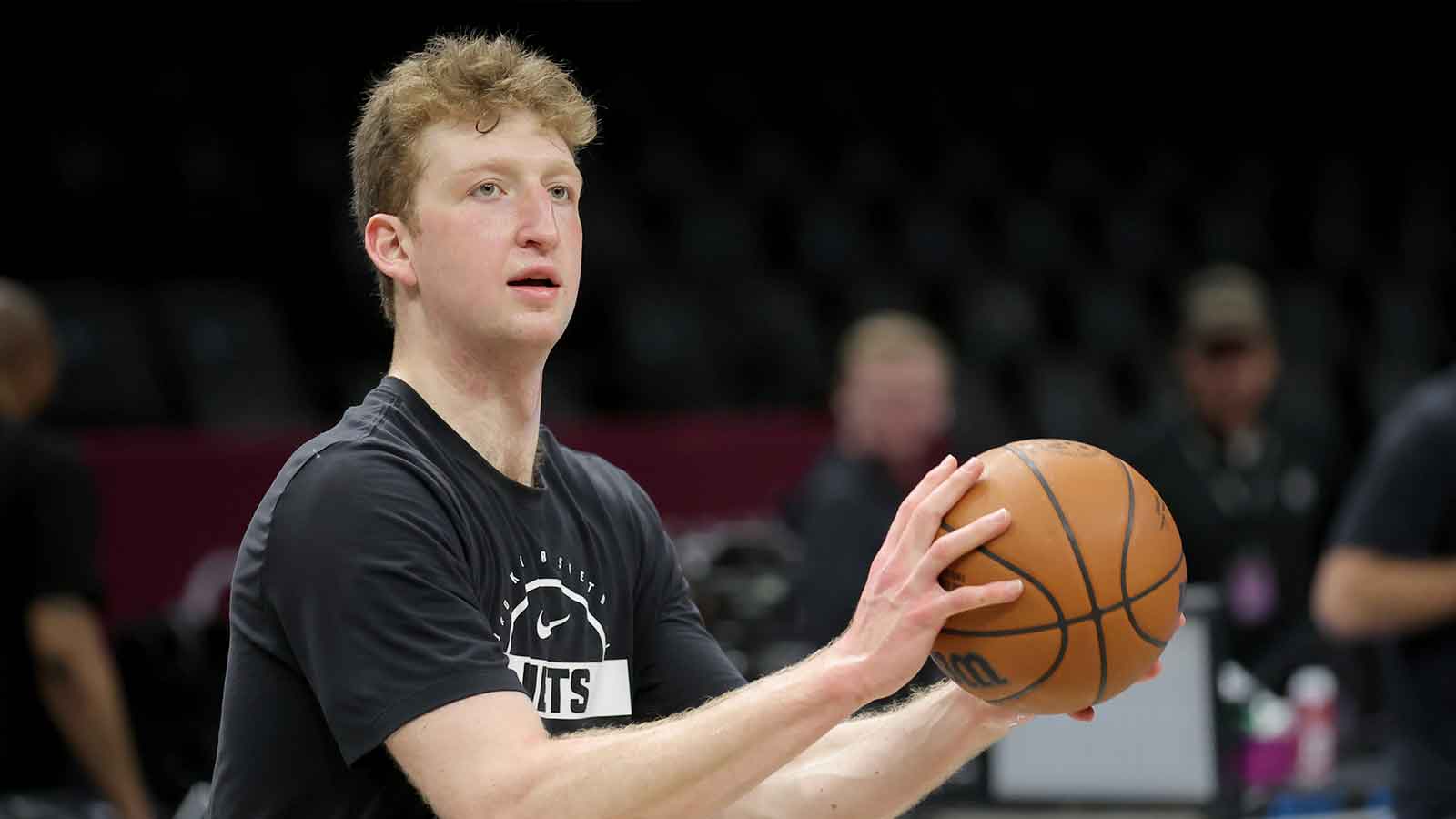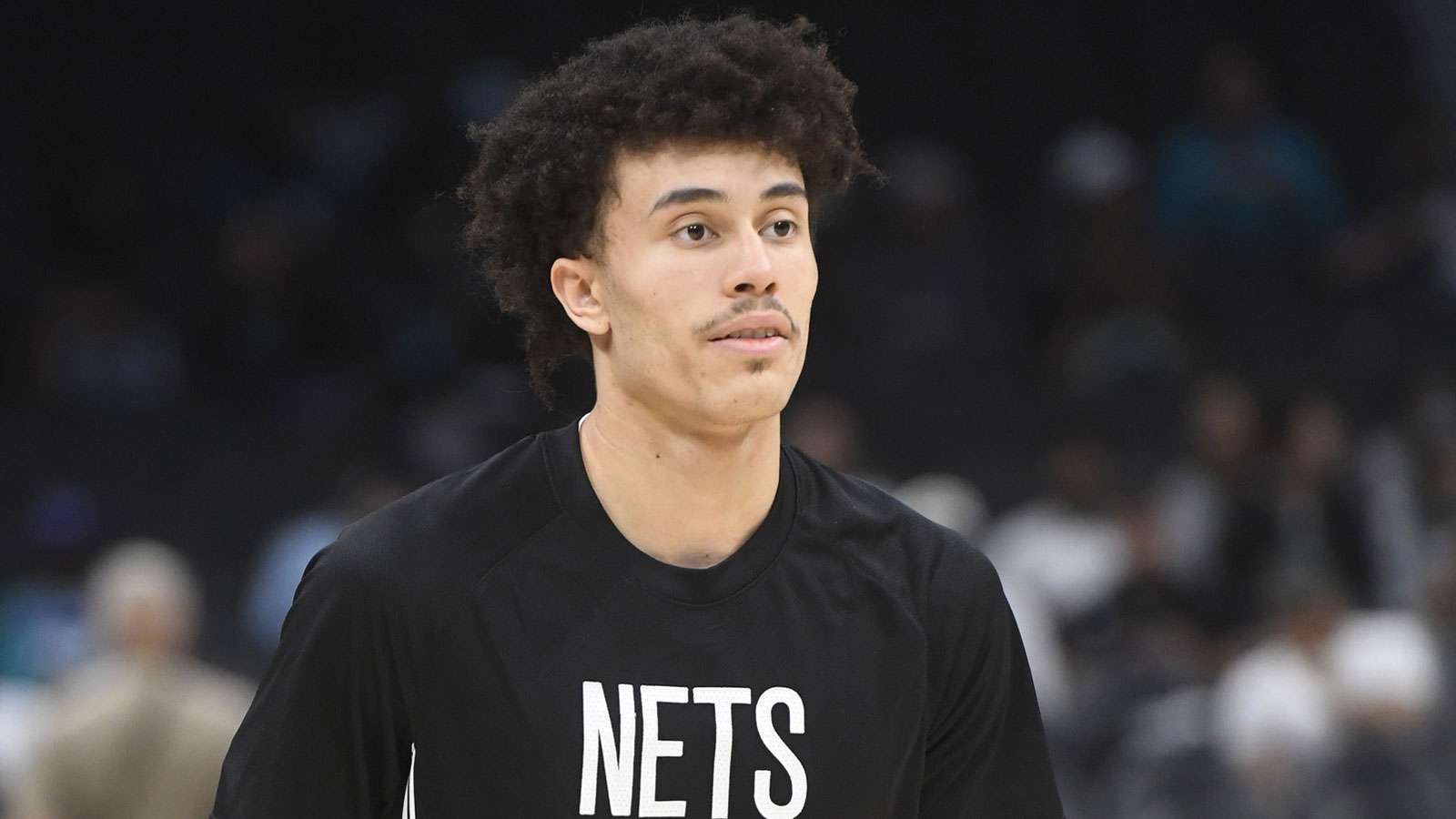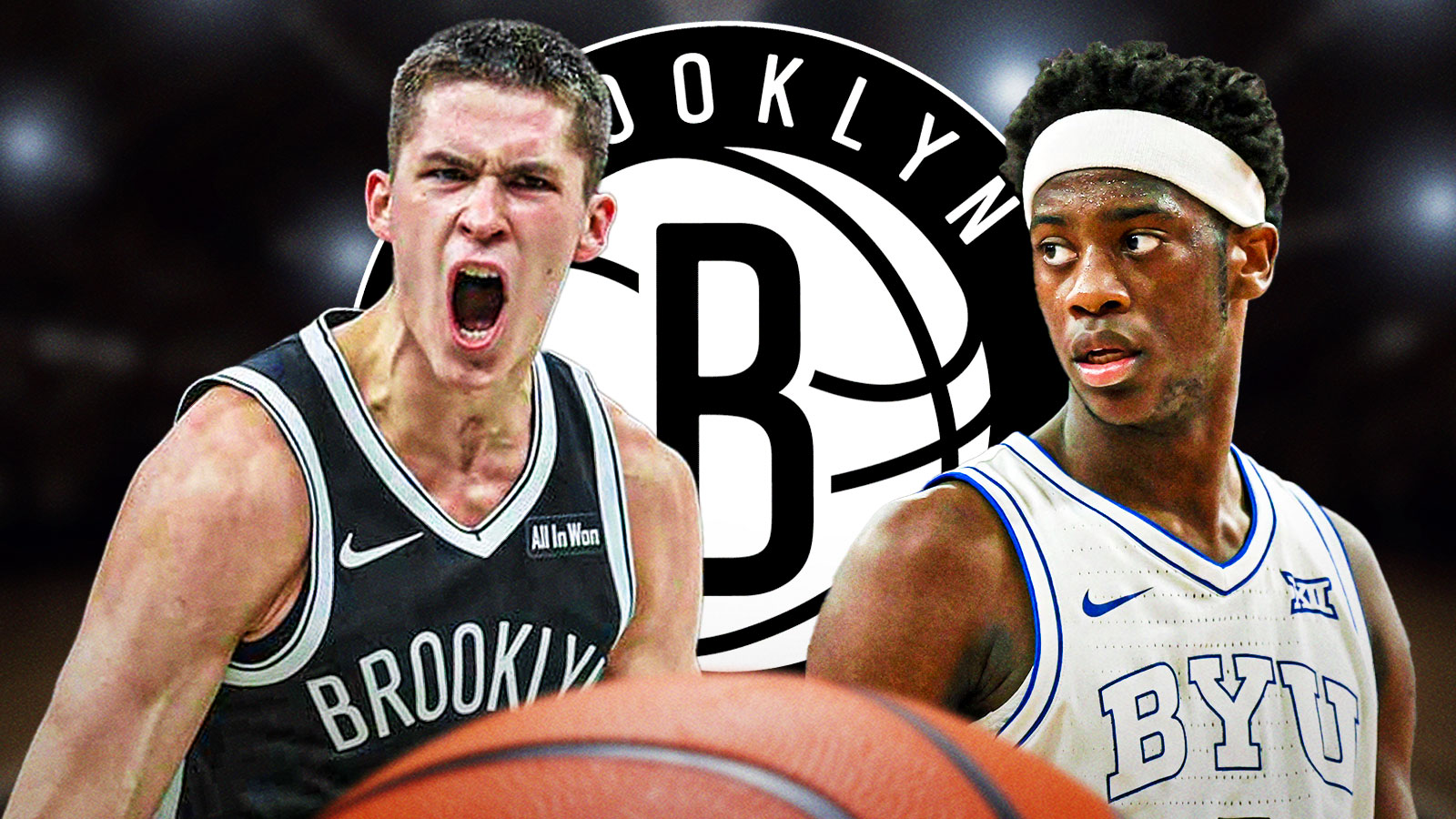After the 76ers thoroughly dominated the Nets in the rebounding department during a first-round sweep, general manager Sean Marks didn't mince words:
Brooklyn needs to get bigger. And stronger. And grittier.
“Without a doubt, we need to make some changes in terms of adding some size,” Marks said Sunday at HSS Training Center. “I think (head coach) Jacque (Vaughn) said it last night, (need to) add a little nastiness. And then a little bit of the Brooklyn grit that we've talked about for sort of six years. It's gonna come authentically, it's got to be real.”
The Nets ranked 28th in defensive rebounding percentage during the regular season. Those struggles doomed them in the first round as they continuously failed to finish defensive possessions. Philadelphia outscored Brooklyn 80-22 in second-chance points during the series, one of the largest margins in recent NBA playoff memory.
“We’ve gotta get bigger over the summer, we’ve gotta get nastier, we’ve gotta get guys who really love hitting and take it personal when the other team gets a rebound,” Vaughn said after the series. “That’s what we’ll be looking for.”
If you're searching for an example of the “nastier” player Marks and Vaughn are referring to, look no further than Sixers forward P.J. Tucker. The 37-year-old routinely out-hustled the Nets to crucial offensive boards down the stretch of games:
https://streamable.com/erskb0
The issue this season is far from an anomaly during Marks' time as GM. Brooklyn has never ranked higher than 24th in defensive rebounding in his six years at the helm.
The Nets have not prioritized size in the frontcourt during that time. They drafted and started Jarrett Allen, who came into the league at 234 pounds, for Marks' first three seasons. After trading Allen, Brooklyn rolled with a small-ball center committee that included Jeff Green (6'8″), Bruce Brown (6'4″) and Blake Griffin (6'9″).
Nic Claxton has since taken over the position. At just 215 pounds, Claxton struggles to bang down low with the league's bruising centers. Despite that, the 23-year-old turned heads during a breakout 2022-23 campaign, a product of his elite perimeter defense and shot-blocking.
While Claxton has imposed his will defending on the perimeter, the Nets' switch-heavy scheme frequently pulled him away from the rim, exposing them to offensive rebounds. Any acquisition of a big-bodied center would likely force Brooklyn to mix in some drop coverage against the pick-and-roll.
Second-year center Day'Ron Sharpe struggled to stay in the rotation behind Claxton due to his deficiencies defending in space. The 21-year-old did bolster the Nets' rebounding in his limited minutes. Sharpe posted the highest offensive-rebounding rate for a season in NBA history (minimum 500 minutes played), corralling 20.6 percent of Brooklyn’s misses when on the floor. It remains to be seen whether the 2021 first-round pick can improve upon his pick-and-roll defense and finishing to carve out a rotation role.
The Nets have not traditionally prioritized size alongside their centers as they've embraced a three-point-heavy offensive philosophy. That appeared to be changing this season as Brooklyn entered the year with a backline of Kevin Durant (6'10”), Ben Simmons (6'10”) and Claxton (6'11”). However, the experiment was short-lived as Simmons' season was derailed by injuries and Durant followed Kyrie Irving out the door at the trade deadline.
A first-round sweep at the hands of a physically superior team for the second straight season appears to be the wake-up call necessary for the Nets to address their rebounding issue. If Marks keeps his word, changes are coming to a frontcourt rotation made up of Claxton, Dorian Finney-Smith (6'7″), Royce O'Neale (6'4″) and Cam Johnson (6'8″).

